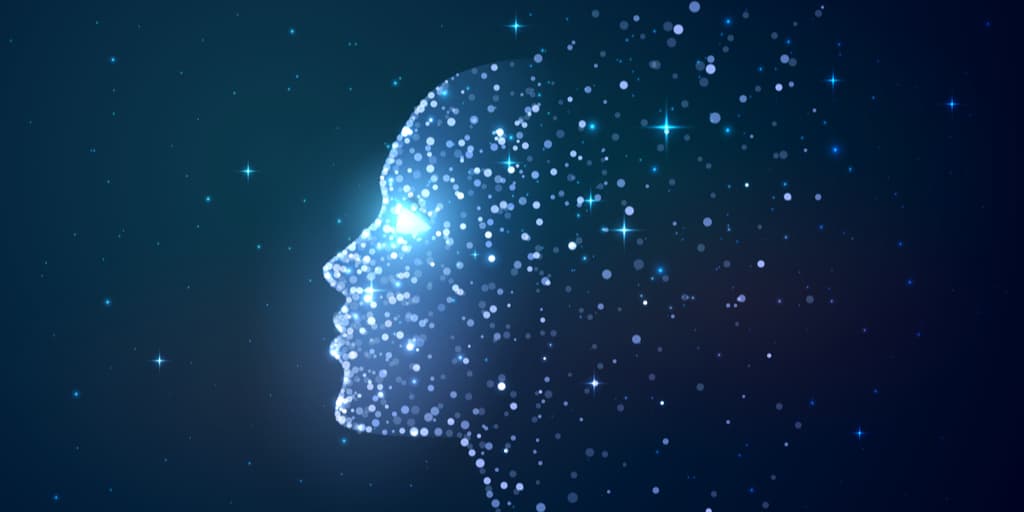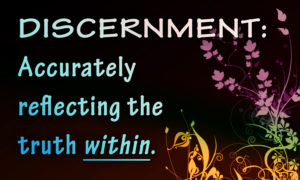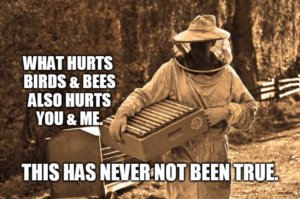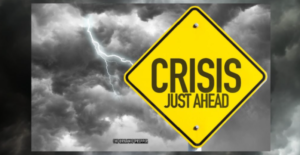What is Consciousness?
Consciousness is a continuous, unified, subjective state of mind. It lies mainly in posterior areas of the cerebral cortex. It is something like a mental screen where the brain continuously presents the information that we need to know all time to guide our behavior. But that does not mean that everything the brain processes ends up producing a conscious result because there is a lot of brainwork that we never discovered.
Consciousness, It’s Meaning and Elements

Where Does Consciousness Exist?
The thalamus has traditionally been considered the most important structure for making consciousness possible. But recently it has been shown that when a person is anesthetized, they can be unconscious even 10 minutes before the thalamus neurons are deactivated, leading researchers to suspect that this state of mind lies in the cerebral cortex.
It appears when the neurons of the cerebral cortex, especially those of its posterior part, are functionally integrated, instead of working separately, the neural circuits in the cerebral cortex work collectively, as a team. Some scientists believe that consciousness is nothing more than an epiphenomenon, something that occurs as a result of brain function. They argue that it is simply a side-effect of brain function, like smoke from a fire or the noise of a car engine. Others believe that knowing the origin and nature of consciousness is only a matter of time and research.
The Collective Consciousness
We understand collective consciousness as the common moral attitudes and beliefs working as a unifying force inside society. This force is dominant compared to the individual mind. According to this theory, a group constitutes an entity that behaves like a global individual.
In all societies, collective consciousness is something common. It is not an individual condition, but a social one. As a social phenomenon, it is diffuse throughout society as a whole, and “has a life of its own.” It is through the collective awareness that values, beliefs, and traditions can be passed down from generations. In this way death doesn’t erase societal and cultural knowledge, this collection of intangible things, including the social norms connected to them, are cemented in our social institutions and exist independently of individual people.
The forces resulting from the collective consciousness are external to the individual. We, as individuals, internalize these forces and make the collective consciousness reality and reaffirm and reproduce it by living in a way that reflects it.
Expanding Your Consciousness
Among other things, expanding consciousness allows us to perceive the universe more clearly, and also to perceive ourselves better. Through expansion, we come to know ourselves better and understand more fully who we are and what we do here.
Human beings do not perceive reality in its entirety; we only perceive a part of it. This awareness causes many emotions and reactions. According to some philosophies, consciousness and awareness causes us to feel a host of emotions such as joy, sadness, fear, or suffering. Since we only perceive a part of reality, it is as if we are in the middle of partial darkness that prevents us from seeing the path clearly. For this reason, we collide with each other both subconsciously and intentionally.
The solution is to simply turn on the light of awareness and mindfulness. We have to learn to see more and see it much more clearly. Indeed, the more mindful we become, the better for our consciousness as individuals and as societies, cultures, and human beings.

4 Key Steps of Discernment – Advanced Truth-Seeking Tools (Discernment 101)

The Number Of Transgender Youth Is On The Rise, Mostly Youth In Democrat Led States

NYC Spends Over $200k to Fund Drag Events in Public Schools

Census Bureau Asks For $10M To Study Sexual Orientation And Gender

Biden Admin Holding Children’s Lunch Money Hostage to Force Schools to Push Transgenderism

Texas Department of Public Safety Official Says Cops Were Reluctant to Take Out Uvalde Shooter Because ‘They Could’ve Been Shot’

Just Like 9/11, COVID Created A Massive Shift In Human Consciousness

Are You on the Right Path in Life? There May Not be Much Time Left to Decide

Dr. Lee Merritt: Starvation and Famine Will Be Weaponized to Control People

Food Shortages In Six Months – The Globalists Are Telling Us What Happens Next

Whoa: Goya CEO Goes There: Biden Put Americans “In Chains!” His Afghanistan Withdrawal “Put Women and 12-Year-Old Children as Sex Slaves” (VIDEO)

TIME Magazine Correspondent Labels Freedom of Speech a “White Male Obsession”

Electromagnetic Weapons, Graphene Oxide and Activated Illnesses: Exposing the Covid-5G Connection

Trump Assails Far Left For Imposing Sexualized, Racist Agenda On America’s Children

Former Transgenders Speak out Against the Exploitation and Abuse of Teens by LGBT Groomers

Lawmaker Calls for Full Investigation Into Collusion Between Big Tech, Mainstream Media and Democrats

Despite Being Banned in Europe, EPA to Approve Toxic Pesticides that Paralyze Bees, Butterflies, and Other Insects

Welp, This Bodes Well. (Not Really.) 8 Hinky Warning Signs Happening Now

Babies Could Be Killed 28 Days After Birth Under Proposed Maryland Law, Attorney Warns

Mississippi Legislature Passes Bill Banning Critical Race Theory in Schools

URGENT Health Ranger Mega Thread on Russia, Nuclear War, Cyber Attacks and Impending Financial Collapse

The Coming Terror of Social Impact Finance and Social Credit Scores

Five Freedoms – Julie Ponesse’s Speech to the Trucker Convoy

Dr. Robert Malone Warns Parents About COVID Vaccines for Children at ‘Defeat the Mandates’ Rally in DC

Joy Reid Bashes Americans For Wanting ‘Human Rights And Civil Liberties,’ Says ‘Human Sacrifice Is Right There’ In Bible

1619 Project Activist: ‘I Don’t Really Understand This Idea That Parents Should Decide What’s Being Taught’ In Schools

Outraged Parents DEMAND Answers After LEAKED Training Audio Exposes California Middle School Teachers Conspiring to Hide LGBTQ Indoctrination From Parents


